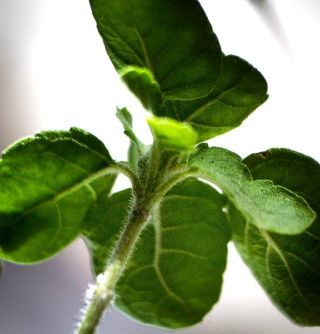Sacred Basil ( Ocimum sanctum L., New Ocimum tenuiflorum L.), or Tulsi , is one of the most important adaptogens of Ayurveda and TČM. Its ingredients include eugenol, rosmarinic acid, apigenin, myretenal, luteolin, salvin, β-sitosterol and many others. Latest reviews of this plant are Cohen2014tos and Mondal2009sbs - documenting its anti-inflammatory, cytoprotective, antidiabetic and many other effects. An overview of the anti-tumor effects is the Baliga2013osh overview. Its seeds are superior to the known chia seeds (the basal seeds in the water also gelily impregnate) and the medicinal oil is also exceptional because it is the source of omega-3 unsaturated fatty acids, see Singh2007bao . Tulsi is the highly recommended diabetes adjuvant ( Suanarunsawat2016aaa ), which also improves the metabolism of lipids ( Husain2015aeo ). This short cut-out just touches the main indications of the sacred basil, but it does not quite reveal how miraculously this pride of India, Ayurveda and the mummy family is. Sacred basil is even more healing than the true basil , which can be replaced in the time of hunger and tulle war. It is suitable for daily consumption
Sacred Basil ( Ocimum sanctum )
⚒ Sorry, but this article is not finished. Current, unfinished version does not express its final form.
